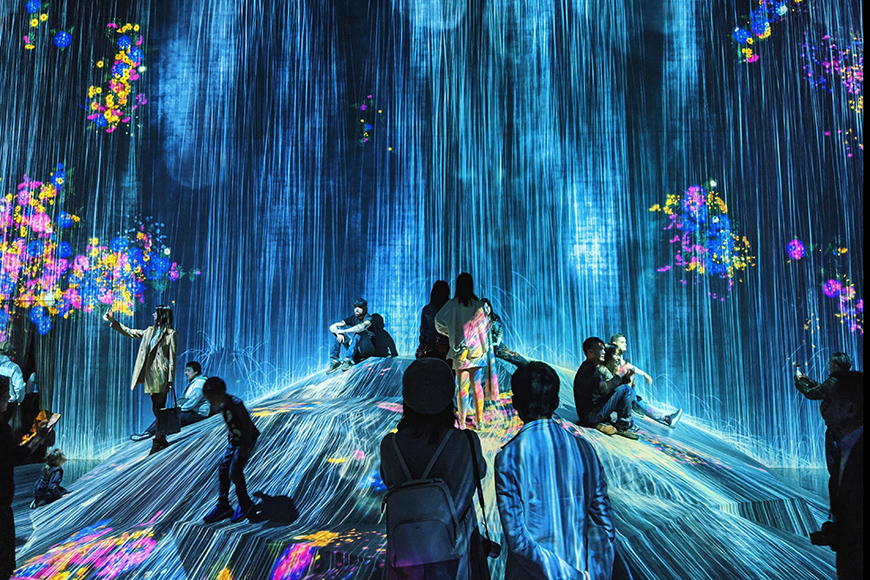
Image Source: Google
Over the past few decades, digital art has seen a remarkable evolution from being created on traditional canvases to being showcased on screens of all sizes. This transformation has opened up a whole new world of artistic possibilities, allowing artists to experiment with different techniques, styles, and concepts that were previously limited by the constraints of physical mediums. As technology continues to advance, so does the realm of digital art, giving rise to a new generation of artists who are redefining the medium in innovative and exciting ways. Refer: https://artcansing.com/.
One of the key factors driving the evolution of digital art is the accessibility and affordability of digital tools and software. With just a computer and a graphics tablet, artists now can create stunning pieces of art that can be easily shared and distributed online. This ease of access has democratized the art world, allowing artists from all backgrounds and skill levels to express themselves through digital means.
One artist who has been at the forefront of redefining digital art is Beeple, also known as Mike Winkelmann. Beeple gained widespread recognition for his daily art project, where he created a new digital artwork every day for over years. His work often explores themes of technology, politics, and culture, blending surreal imagery with vibrant colors and intricate details.
Another artist pushing the boundaries of digital art is Sara Ludy, whose work blurs the line between virtual and physical spaces. Ludy creates immersive digital installations that transport viewers into otherworldly environments filled with light, sound, and movement. Her mesmerizing pieces challenge our perceptions of reality and invite us to explore the ever-shifting landscape of the digital realm. By combining elements of video, sculpture, and interactive media, Ludy's work offers a unique and immersive experience that captivates audiences around the world.
On the other hand, Refik Anadol is a Turkish-born artist and director known for his groundbreaking use of artificial intelligence in his digital art installations. Anadol harnesses the power of AI algorithms to analyze vast amounts of data and generate visually stunning artworks that blur the boundaries between the real and the virtual. His work often explores themes of memory, consciousness, and perception, creating mesmerizing visual experiences that challenge our understanding of the world around us. By pushing the capabilities of AI technology in art, Anadol is redefining what is possible in the realm of digital creativity.
Overall, the evolution of digital art has opened up a world of possibilities for artists to explore and experiment with new ideas and concepts. As we look to the future, it is clear that digital art will continue to play a significant role in shaping the artistic landscape and inspiring new generations of artists to push the boundaries of creativity and innovation.